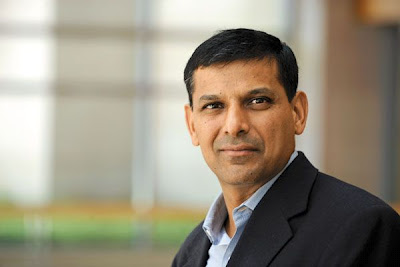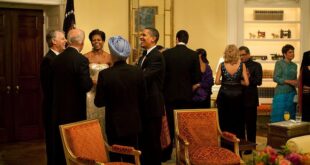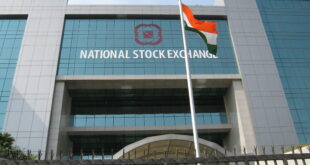Is India in danger of another crisis? And could it hold lessons for others?
A weak currency won’t necessarily lead to a crisis. But, if it makes it harder to pay for a deficit that is owed to overseas creditors, that’s when it could become a problem.
That’s what the newly appointed governor of the RBI, the Indian central bank, Raghuram Rajan, and I discussed last year when he was the government’s senior economic adviser.
We talked about the risk that India could experience a repeat of the 1991 balance of payments crisis. The country ended up being rescued by the International Monetary Fund.
There are a few key similarities. India still has a persistent current account deficit – the widest measure of trade that includes investment flows. And a weak rupee doesn’t help with the cost of borrowing to finance that deficit.
Worryingly, India’s current account deficit is wider and the rupee is weaker than in 1991.
In July 1991, the rupee eventually fell by more than 32% against the US dollar after foreign exchange reserves were depleted, so government interventions to prop up the currency were no longer possible.
The rupee has now hit historic lows against the US dollar and has declined by more than 15% since May. That was when talk of the US Fed possibly scaling back its stimulus measures caused money to leave emerging economies such as India. I have written about the Great Reversal before, and why it raises alarm bells about emerging economies for this reason.
Twin deficits
The world will certainly be watching how Asia’s third largest economy fares
The most vulnerable countries are those with sizeable current account deficits, and India falls into this category as it has one of the largest for a big economy. Its current account deficit hit a record high of 6.7% of GDP last year. For the full fiscal year that ended on 31 March, the current account deficit was nearly 5% of GDP. To give a sense as to the magnitude, the IMF in its monitoring role of global macroeconomic imbalances raises alarm bells when a current account deficit reaches 6% of GDP.
Making things even harder, it has a sizeable fiscal deficit, which has recently come down to 5% of GDP, as well as high rates of inflation. Both are reasons why foreign investors would want to leave.
Economic growth has also dropped to 5%, the slowest pace in a decade, down from the heights of 9% reached during the mid-2000s, and back to the 4-5% rate that characterised the slow pace of growth before the 1980 reforms.
It’s thus unsurprising that Rajan would worry about another crisis, given India’s “twin deficits” in terms of trade and the budget. Both of which require reform that is within the purview of the government. So, whether he can do enough as central bank governor is a different issue.
Rajan has credibility as someone who warned about the US housing crisis and has advised the government of Prime Minister Manmohan Singh, who is also an established economist. So, he may be well-connected enough to make a difference in other spheres of government policy. As a former chief economist at the IMF, he also has experience with financial crises and the aftermath.
Besides, every crisis tends to be different. There were specific shocks that hit India in 1990-91 which contributed to the crisis. This included the first Gulf War which disrupted remittances that were an important part of financing the external deficit.
This time, the Great Reversal of money leaving emerging economies is not a surprise.
Global implications
For what it’s worth, after India’s 1991 crisis, reforms sped up and the country became more globally integrated which led to the strong period of growth that I mentioned before. With some lamenting the lagging reform process that has hampered India realising its tremendous potential, the threat of crisis may spur needed reforms to increase industrialisation, reduce the regulatory burden, and importantly increase investment in education, among others.
The world will certainly be watching how Asia’s third largest economy fares, as this is likely to be only the beginning since the Fed will at some stage reverse its extraordinary injection of cheap cash instead of just talking about tapering the amount injected each month.
Needless to say, Rajan has a huge challenge ahead of him. And how he manages it could have global implications given the importance of India in the world economy. How he manages it could also hold lessons for other emerging economies contending with the eventual end of the era of cheap money.
BBC
 Asia Finance News Asia finance news, banking, market analysis, business, Forex, trade, Cryptocurrency as it is happening in Asia. Trusted gateway for Asian financial news.
Asia Finance News Asia finance news, banking, market analysis, business, Forex, trade, Cryptocurrency as it is happening in Asia. Trusted gateway for Asian financial news.





